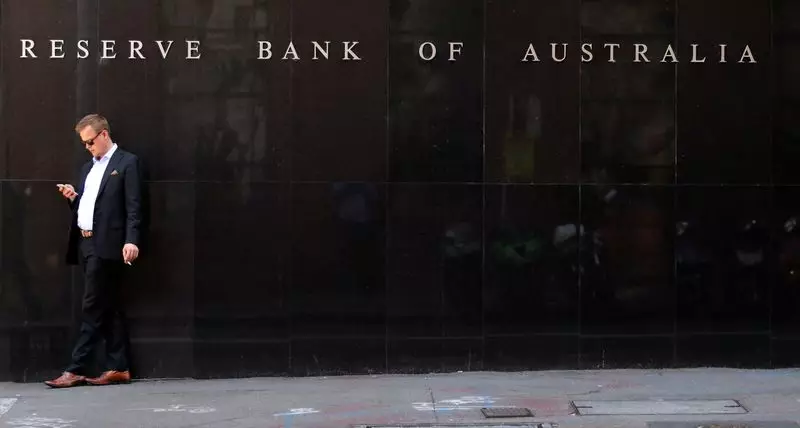In recent statements from the Reserve Bank of Australia (RBA), concerns surrounding inflation expectations have been addressed, particularly by Assistant Governor Sarah Hunter during a key speech in Sydney. The overarching narrative suggests a need for vigilance but presents a relatively optimistic view of how households perceive inflation. Despite the tumultuous inflationary period that has characterized recent months, Hunter’s discourse indicates that consumers are demonstrating resilience in their long-term inflation expectations.
A critical point raised was the apparent disconnect between wage expectations and inflation fears. This weak correlation challenges the traditional viewpoint that rising wages should automatically lead to heightened inflation expectations, thereby suggesting a more nuanced economic environment where Australians may be taking a broader view of their financial futures than assumed.
The Role of the Central Bank
The RBA has maintained a steady cash rate at 4.35% since November, a considerable rise from the unprecedented low of 0.1% instituted during the pandemic to stimulate the economy. This decision reflects a strategic move by the central bank to manage inflation within its target band of 2% to 3%, while still prioritizing job preservation. However, the aim has proven complex, given that underlying inflation figures remain stagnant around 3.9%, evoking skepticism about the RBA’s ability to steer inflation back to more comfortable levels by 2026.
Much of the RBA’s current policy framework hinges on the anticipated inflation trajectory and the extent to which households adjust their expectations. The RBA recognizes the profound implications these expectations can have on monetary policy efficacy; if they become unanchored, the fight against inflation could become considerably more challenging. Hunter’s remarks highlight the importance of ongoing analysis as the economic landscape evolves, reinforcing that any signs of potential shifts in consumer sentiment will require immediate attention.
Prospective Economic Indicators
Looking ahead, market indicators suggest a cautious outlook on the possibility of rate cuts. Recent financial derivatives indicate only a 40% chance that Australia may see interest rate reductions by December, a sign that economic conditions must align more favorably for such measures. Stakeholders, including financial analysts and policymakers, are tasked with deciphering the nuanced metrics that contribute to inflation expectations. Variability in consumer sentiment and global economic conditions will play essential roles in shaping future monetary policy.
Overall, the RBA’s approach, as articulated by Hunter, seems to blend a proactive stance with a commitment to understanding the behavioral dynamics of consumers. The challenge lies in maintaining this balance without straying too far into restrictive territory, which could stifle economic growth. It is a delicate dance between managing current economic realities and forecasting potential future trends, demanding constant vigilance from the RBA in navigating an increasingly complex inflation landscape.

